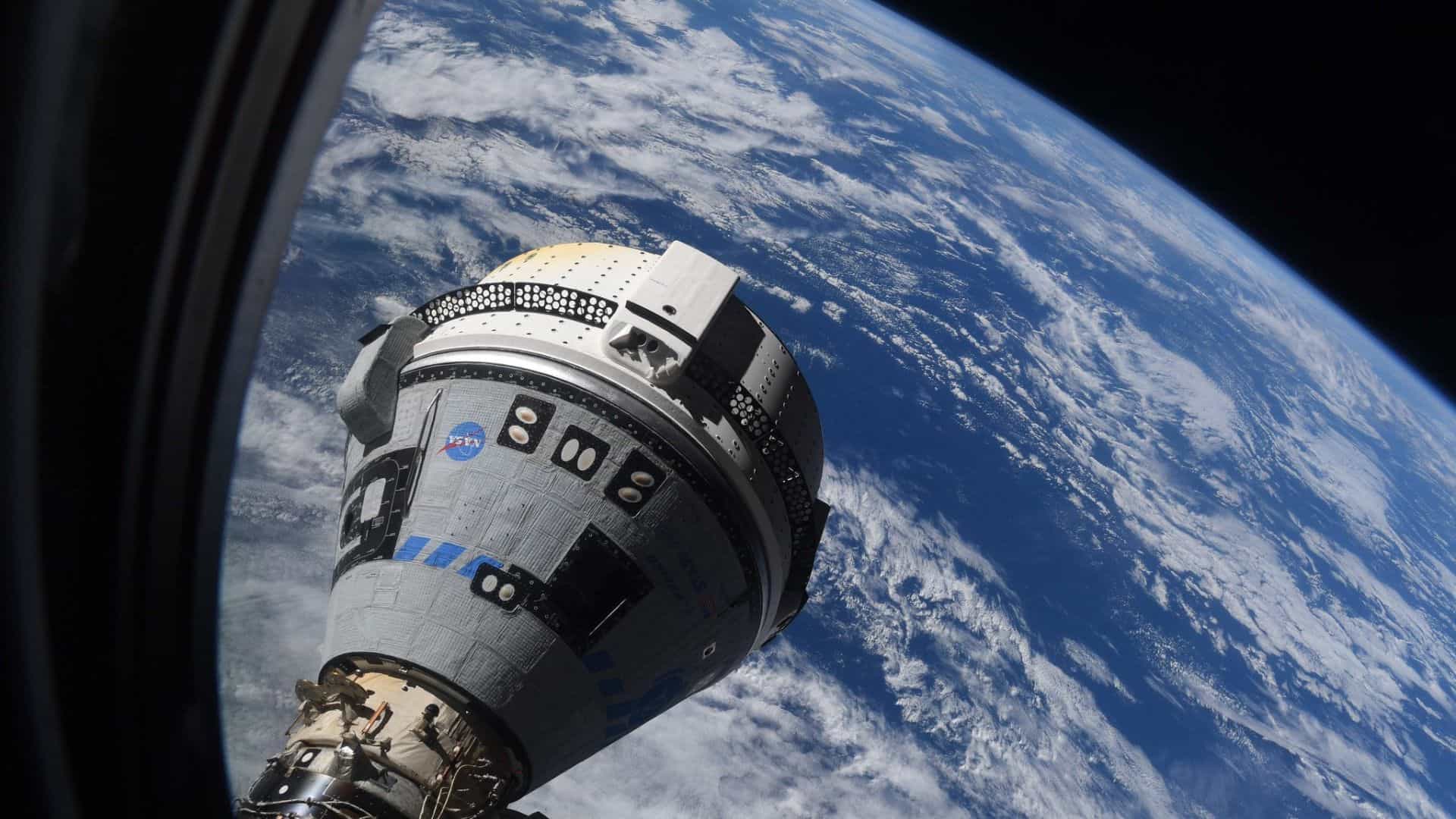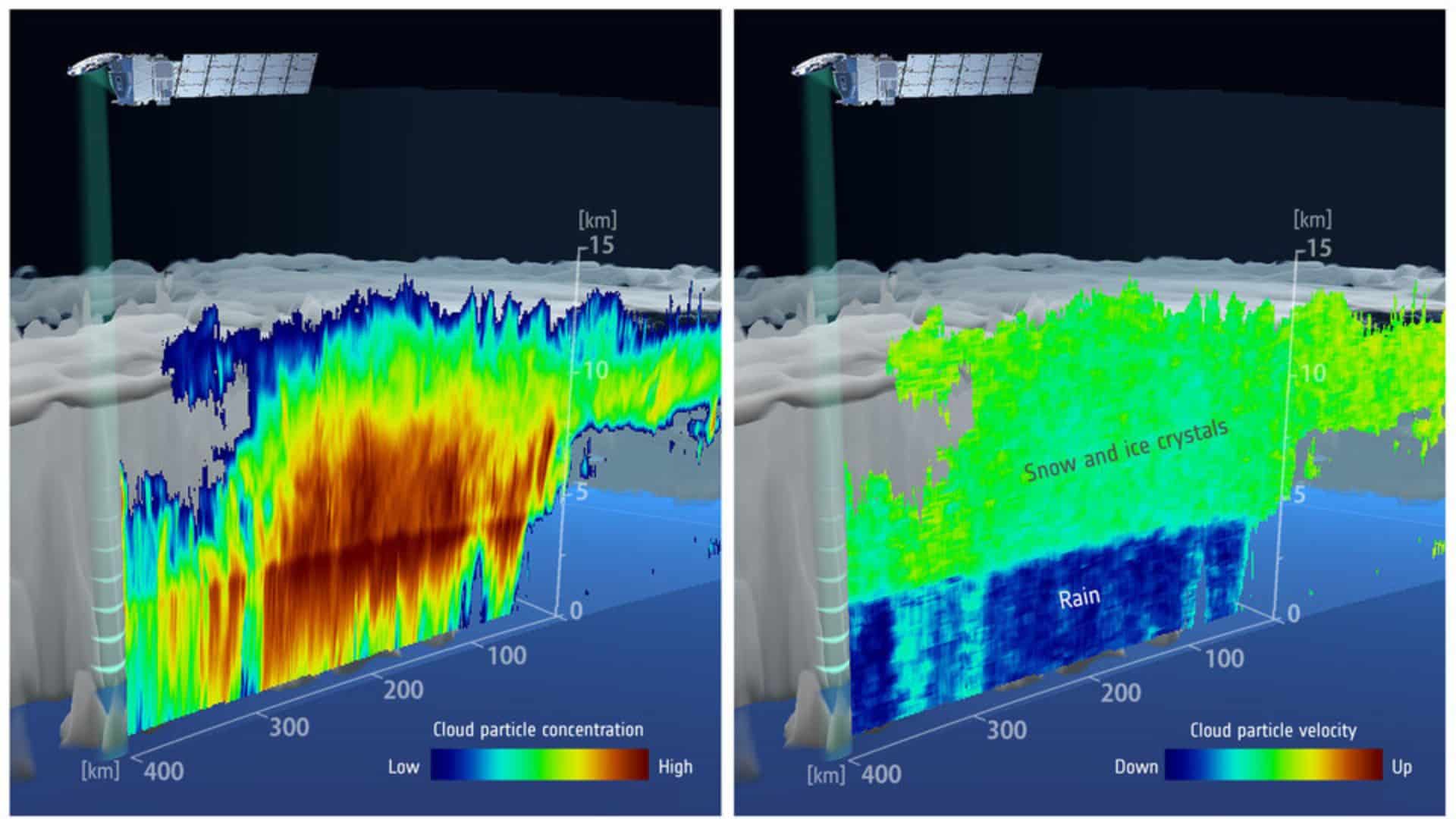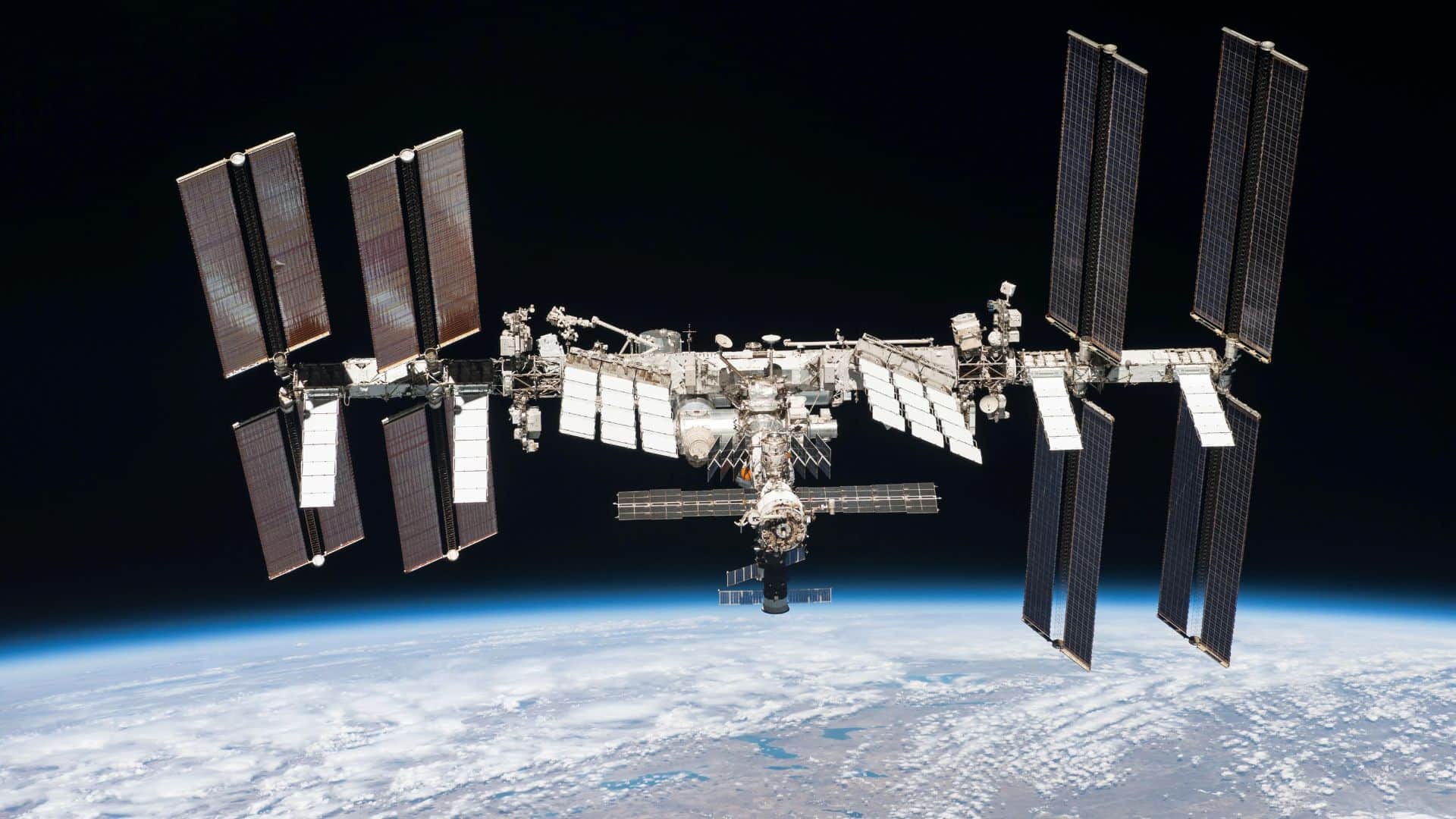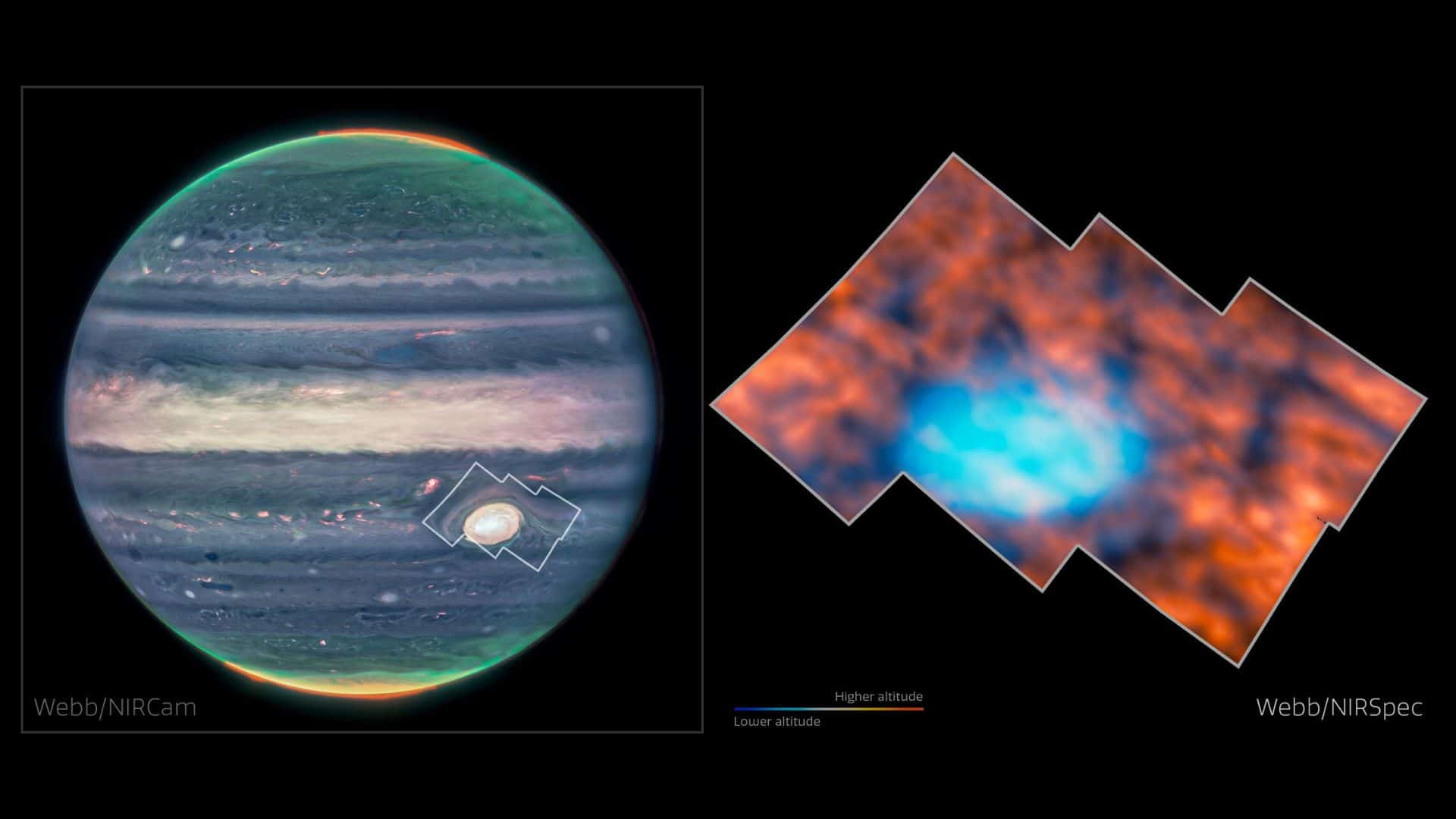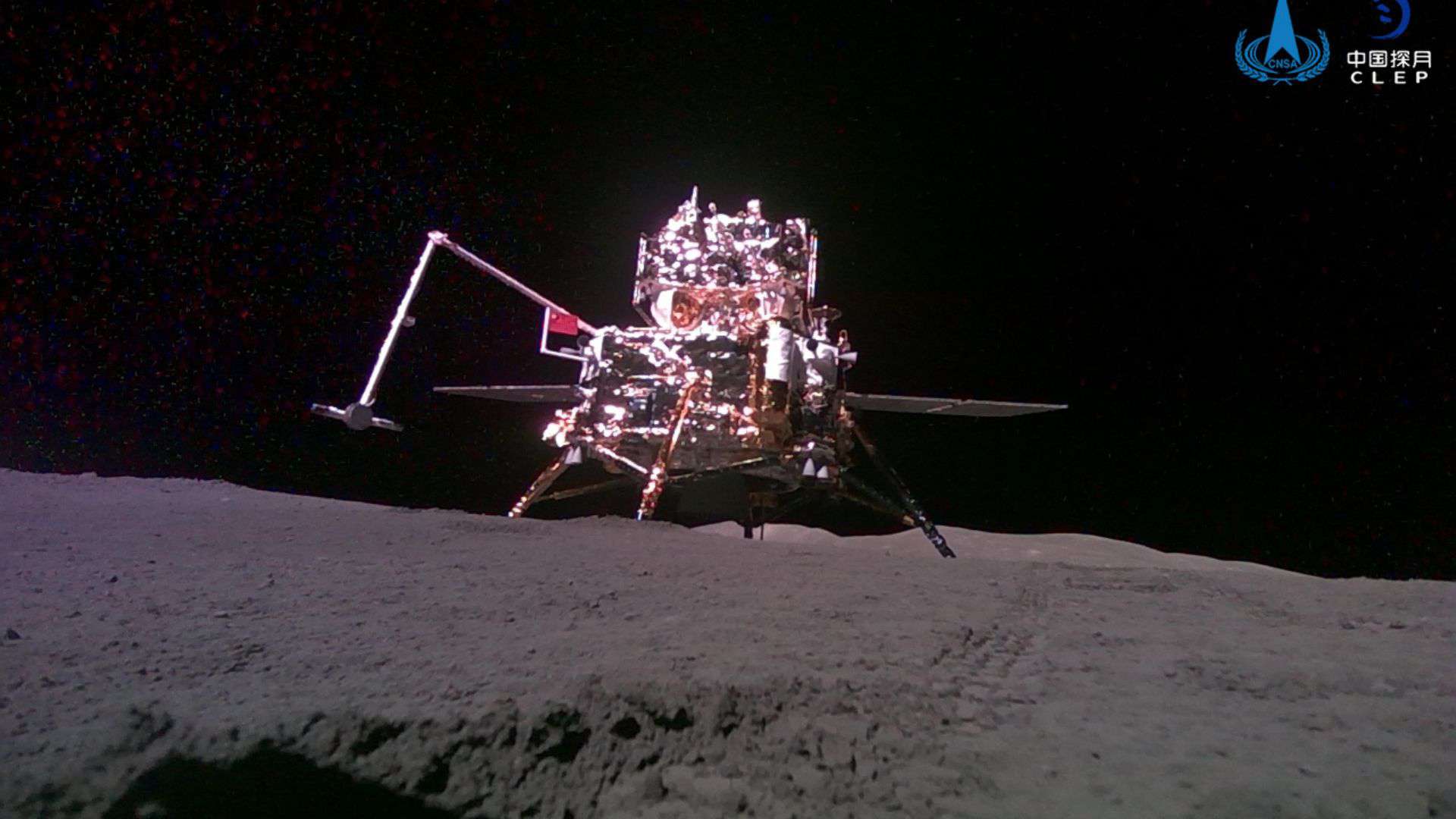
China’s Chang’e 6 sample-return spacecraft, which landed on the far side of the moon on June 1 at 22:23 UTC, has successfully collected lunar rocks and soils from June 2 to 3.
The spacecraft used a drilling tool and a mechanical arm to collect up to 2 kilograms of lunar samples from the Apollo crater of the South Pole-Aitken (SPA) basin on the far side of the moon, as planned.
The mechanical arm packed these lunar samples in a vacuumed metal container inside an ascender rocket of the spacecraft.
Then this ascender rocket was launched from the lunar surface on June 3 at 23:38 UTC, and about 6 minutes after liftoff, the ascender rocket successfully brought these samples to the scheduled lunar orbit.
Now the ascender will meet with the re-entry module, which was left in lunar orbit by the Chang’e 6 spacecraft before landing on the lunar surface, and transfer the samples to the re-entry module.
If everything goes according to plan, then the re-entry module will bring the samples back to earth from lunar orbit around June 25.
If successful, then Chang’e 6 will become the first sample-return spacecraft from the far side of the moon. No other country has achieved this feat so far.
There is no doubt that China has achieved remarkable success in its lunar exploration program in a very short period of time. China aims to send its first astronaut to the lunar surface by 2030. China’s moon missions so far are summarized below.
| Mission Name | Launch Date | Mission Type | Objectives | Mission Status |
|---|---|---|---|---|
| Chang’e 1 | October 24, 2007 | Orbiter | Obtain three-dimensional images of the lunar surface and map the abundance of chemical elements on the lunar surface | Successful |
| Chang’e 2 | October 1, 2010 | Orbiter | Obtain high-resolution images of the lunar surface to help in selecting future landing sites and a key test for soft landing on the moon | Successful |
| Chang’e 3 | December 1, 2013 | Lander and Rover | Achieve first soft landing on the lunar surface and exploration with the Yutu rover | Successful |
| Chang’e 4 | December 7, 2018 | Lander and Rover | Achieve first soft landing on the far side of the moon and exploration with the Yutu-2 rover | Successful |
| Chang’e 5 | November 23, 2020 | Sample-return mission | Collect lunar samples and bring them back to Earth | Successful |
| Chang’e 6 | May 3, 2024 | Far side sample-return mission | Collect lunar samples from the far side of the moon and bring them back to Earth | Ongoing |
Please bookmark Spaceandtelescope.com or follow us on Facebook and Twitter to get latest space news, upcoming skywatching events and astronomy-related content.
